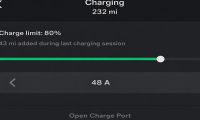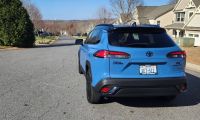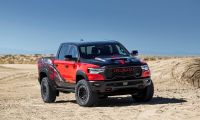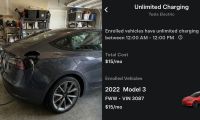The fleet of plug-in electric vehicles in Norway is the largest per capita in the world. In December 2016, Norway became the first country where five in every 100 passenger cars on the road were plug-in; attained 10% in October 2018, and reached 20% in September 2021. The Norwegian plug-in car segment market share has been world's highest for several years, achieving 29.1% of new cars sold in 2016, 39.2% in 2017, 49.1% in 2018, 55.9% in 2019, and 74.7% in 2020. The record uptake rate achieved in 2020 allowed Norway to become the first country in the world where annual sales of all-electric cars outsold the combined volume of all passenger cars with internal combustion engines.
According to a 2018 analysis by McKinsey & Company, Norway has already reached a critical mass of electric vehicles. Therefore, the country is the only one in the world in the third stage of a disruptive trend, and the EV disruption is inevitable. As of 30 September 2021, the stock of light-duty plug-in electric vehicles in Norway totaled 603,962 units in use, consisting of 435,385 all-electric passenger cars and vans (including used imports), and 168,577 plug-in hybrids. Norway listed as the top selling plug-in country market in Europe for three consecutive years, from 2016 to 2018.

By Karl Georg Jensen, Ssolbergj (talk) - Chr. Blangstrup (ed.):Salmonsens Konversationsleksikon, 2nd Edition, Vol XVIII, insert between pages 234 and 235, Copenhagen: J. H. Schultz A/S, 1924. Scanned by User:Valentinian., CC BY-SA 3.0, https://commons.wikimedia.org/w/index.php?curid=6358495
In 2021, November’s combined plugin share of 91.2% comprised full battery electrics (BEVs) at 73.8% share, with plugin hybrids (PHEVs) at 17.4% share, as per information from a report by Max Holland - CleanTechnica. This continues the inevitable move towards pure electrics, which - by themselves - should reach 90% by the end of 2022, if new models can fill the remaining underserved segments of the market.
The report also states that "… 2021’s cumulative plugin share now stands at 85.7%, with 64.2% BEVs. The most recent trailing 3 months have seen plugins take a combined 90.8% share, with BEVs alone taking 74.3% share, a remarkable tally (swayed by September’s 77.5% share). BEV’s trailing 3-month share a year ago was “just” 59.6%. The trend points to BEVs alone heading for 90% monthly share in December 2022."
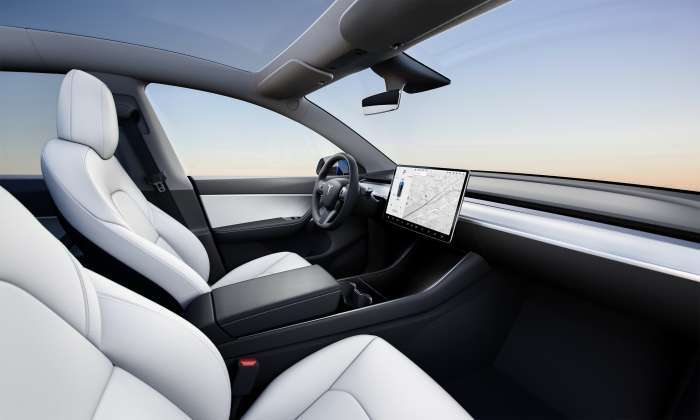
The fleet of electric cars is one of the cleanest in the world since about 98% of the electricity generated in the country comes from renewable energy sources, mainly hydropower. In 2017, and as a result of its fast growing EV adoption, Norway was able to achieve its climate target for average fleet CO2 emissions (85 g/km) for new passenger cars three years earlier than pledged.
The adoption and deployment of zero emission vehicles in Norway has been driven by policy, and actively supported by the government since the 1990s. In addition to non-monetary incentives, all-electric cars and vans are exempt from all non-recurring vehicle fees, including purchase taxes, and 25% VAT on purchase, making electric car purchase price competitive with conventional cars.
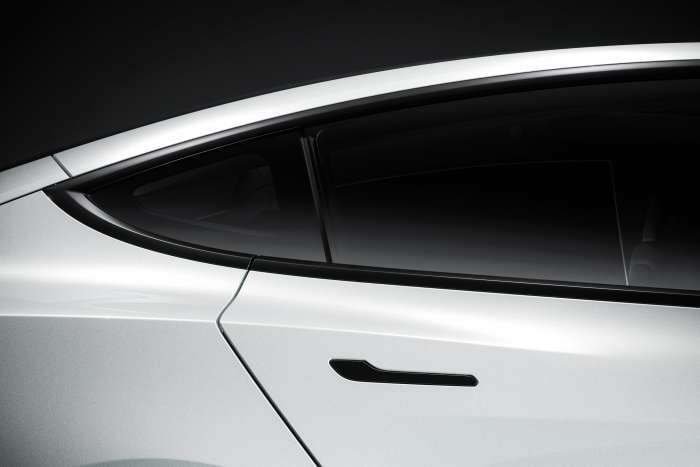
Tesla Model Y and Model 3 saw decent volume (totaling almost 1800), even before the end-of-quarter, thanks to improved shipping (from Shanghai), and thanks to Norway being a priority market - neighboring Sweden was sent only around 300 Teslas in November, according to cleantechnica.
Now, can you imagine what a 73.8% share market for BEVs in the USA would mean? That is, not only for Tesla and its own, dominant market share with Model Y and Model 3 (and with the upcoming Cybertruck, Tesla Semi, and Roadster); but more importantly, what it would mean for our breathing air, for our lungs, for a greener and decarbonized society and for the environment in general?
What do you think? Please let us know in the comment section below.
All images courtesy of Tesla Inc., except Norway Coat of Arms (CC BY-SA 3.0)
Nico Caballero is the VP of Finance of Cogency Power, specializing in solar energy. He also holds a Diploma in Electric Cars from Delft University of Technology in the Netherlands, and enjoys doing research about Tesla and EV batteries. He can be reached at @NicoTorqueNews on Twitter. Nico covers Tesla and electric vehicle latest happenings at Torque News.








